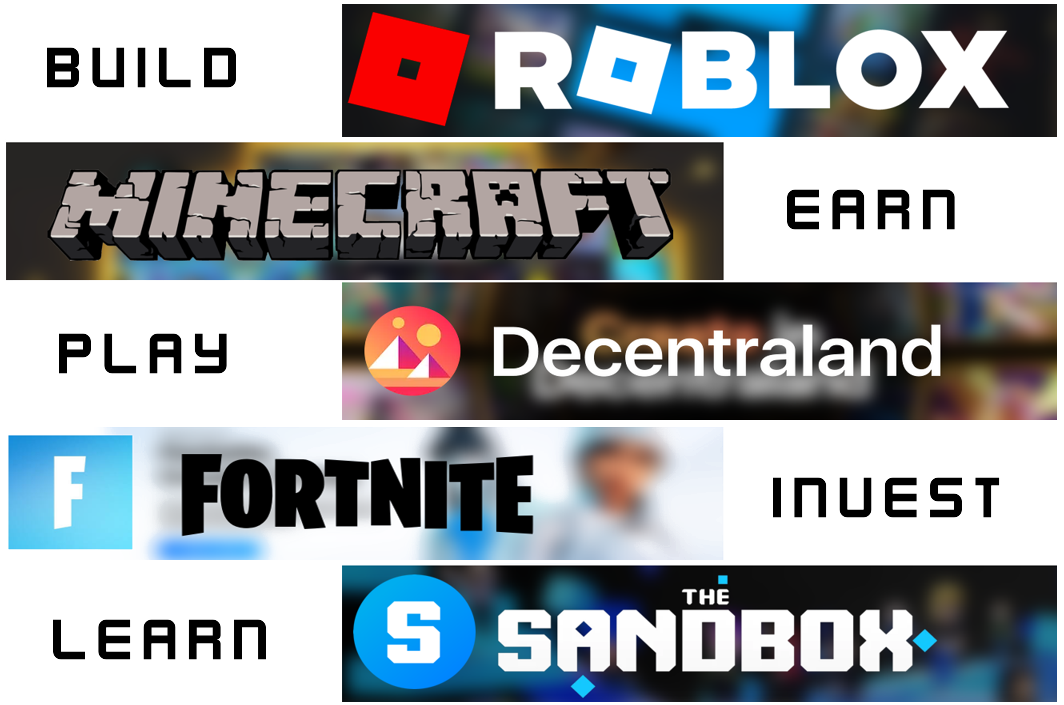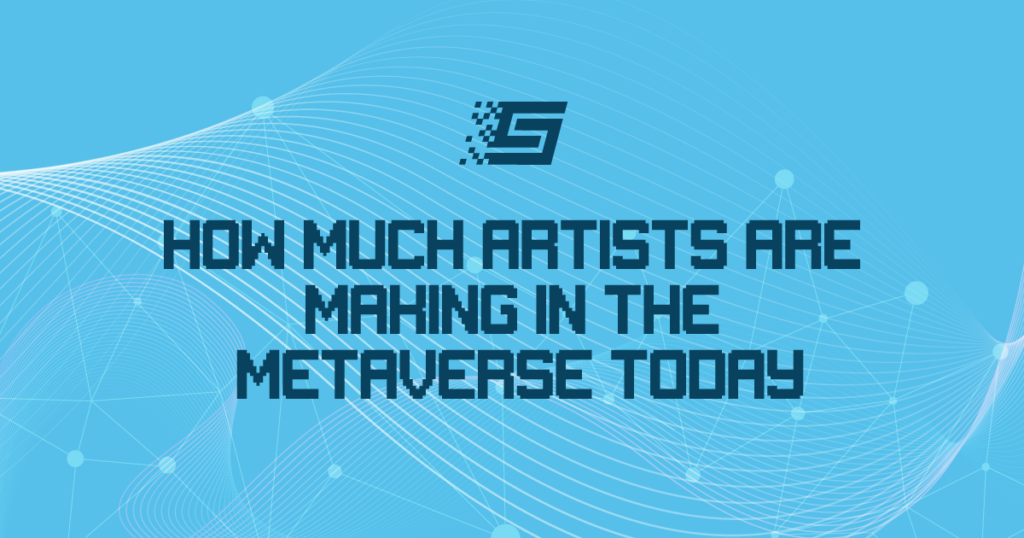How Successful Was Decentraland’s Metaverse Music Festival 2022?
The past couple of weeks have not been easy for crypto, but it is not all drama in the Web 3.0 sphere.
On 10 November, the Decentraland platform kicked off its 4-day-long Metaverse Music Festival 2022, and the project has since enjoyed a hike in user activity.
The fans were able to tune into the virtual world and attend hundreds of gigs that, according to the festival’s producer Iara Dias, have been designed to recreate some aspects of real-life music festivals while simultaneously experimenting with new possibilities in the metaverse.
The virtual festival featured 15 uniquely designed stages hosting performances from 170+ musical artists across a wide variety of genres, along with new interactive experiences.
Among them was LimeWire, who made their debut in Decentraland as one of the festival’s main stages, hosting heavy-hitting headliners such as Soulja Boy, A$AP TyY, Quincy, and Elijah Blake.
Notably, LimeWire’s digital merch collection was recently ranked among the top 5 creators on Decentranland, with its digital sneakers being the 3rd most sold item and over 3,000 LimeWire glasses claimed by users on the platform.
The main stage hosted a dedicated VIP area for holders of LimeWire Originals NFTs and special guests, as well as a space displaying the artists’ merchandise available on-site.
It’s the second time the digital creators and Decentraland have tried to mobilize metaverse users to participate in a virtual music festival. Last year, 50,000 unique users attended the four-day event. The line-up consisted of more than 80 artists, with world-famous names like Deadmau5, 3LAU, Paris Hilton, RAC, and Alison Wonderland.
The festival organizers describe the event as “a four-day celebration of music, innovation, culture, and creativity.”
Preparing for a virtual music festival definitely doesn’t include packing a tent, raincoat, or boots. Even though accessing the metaverse always seems to include VR glasses, logging in to Decentraland is possible through an internet browser. But your computer’s graphic card and working memory have to be quite powerful to render the 3D environments that are updated live.
Once the festival had begun, unique active wallets on Decentraland grew by around 42% over a 24-hour period, up to 959 active wallets, according to data gathered by DappRadar. But it is unknown how many users actually participated without using a wallet as Decentraland grants access as a ‘Guest.’
In the same time frame, the number of transactions completed within Decentraland totaled 6,780, a jump of over 100%.
As transactions grew, so too did sales volume on the metaverse-based project, totaling $6,450 over the same 24-hour window – a 100% growth. In addition, the total value of assets within Decentraland, including virtual land and other items in the form of NFTs, saw a more modest increase of around 12% as the festival began.
In addition to the surge in activity, there was also a spike in Decentraland wearables NFT sales.
Decentraland wearables are the various accessories, items of clothing, and body features that can be used to change the appearance of a Decentraland avatar.
The spike in wearables sales can be attributed to the fact that the music festival attendees had the chance to win them by participating in the event. The floor price for Decentraland Wearables NFTs rallied by 200% over 24 hours during the festival.
In the same time frame, sales volume and market capitalization jumped by 106% and 14%, respectively, data from NFTGo revealed.
According to trading volume data given by Opensea, there was a significant rise in Decentraland land NFT sales.
Also of note, Decentraland remains third in the top collections traded on Opensea’s NFT marketplace.
Decentraland’s strength lies in virtual land sales. Land in Decentraland, tokenized as an NFT, has recently sold for $3,818 (5.980 MANA). That price represents 1.70x of the current floor price. The land NFTs on the platform are made up of nearly 97,000 pieces of land, each of them 16m × 16m, or 52 square feet.
While Decentraland’s virtual world and NFTs saw some growth during the festival, the ecosystem token MANA had been trailed by negative sentiments with respect to low trading volume, meaning holders of the token had no conviction of a significant price rally in the short term.
According to reports by the consulting firm McKinsey & Company, global expenditure in the metaverse may hit $5 trillion in 2030. The creator economy that it relies on is sure to be crucial, as it enables the monetization of digital experiences. It also acts as a driving force for the creation of thriving digital communities.


